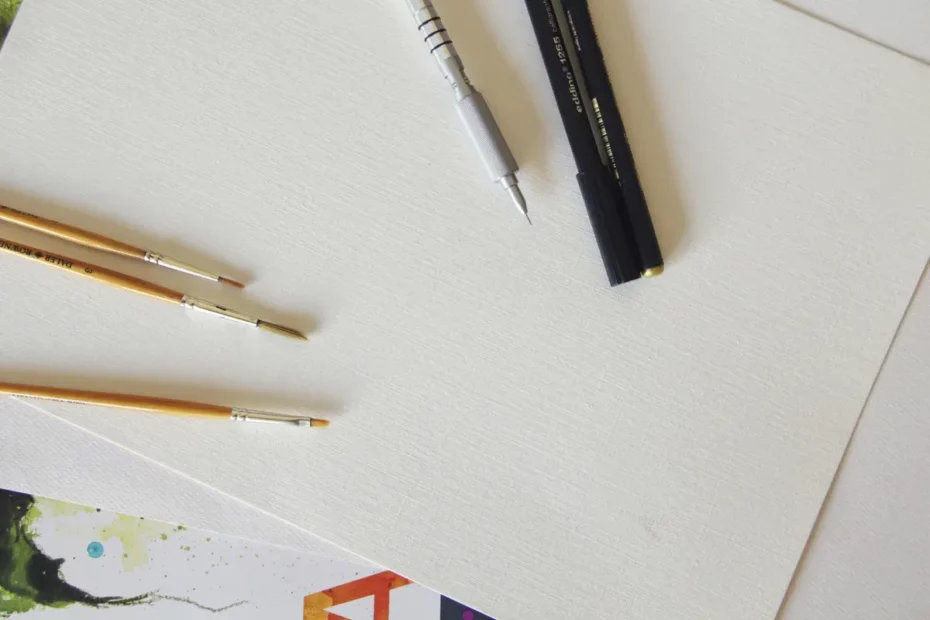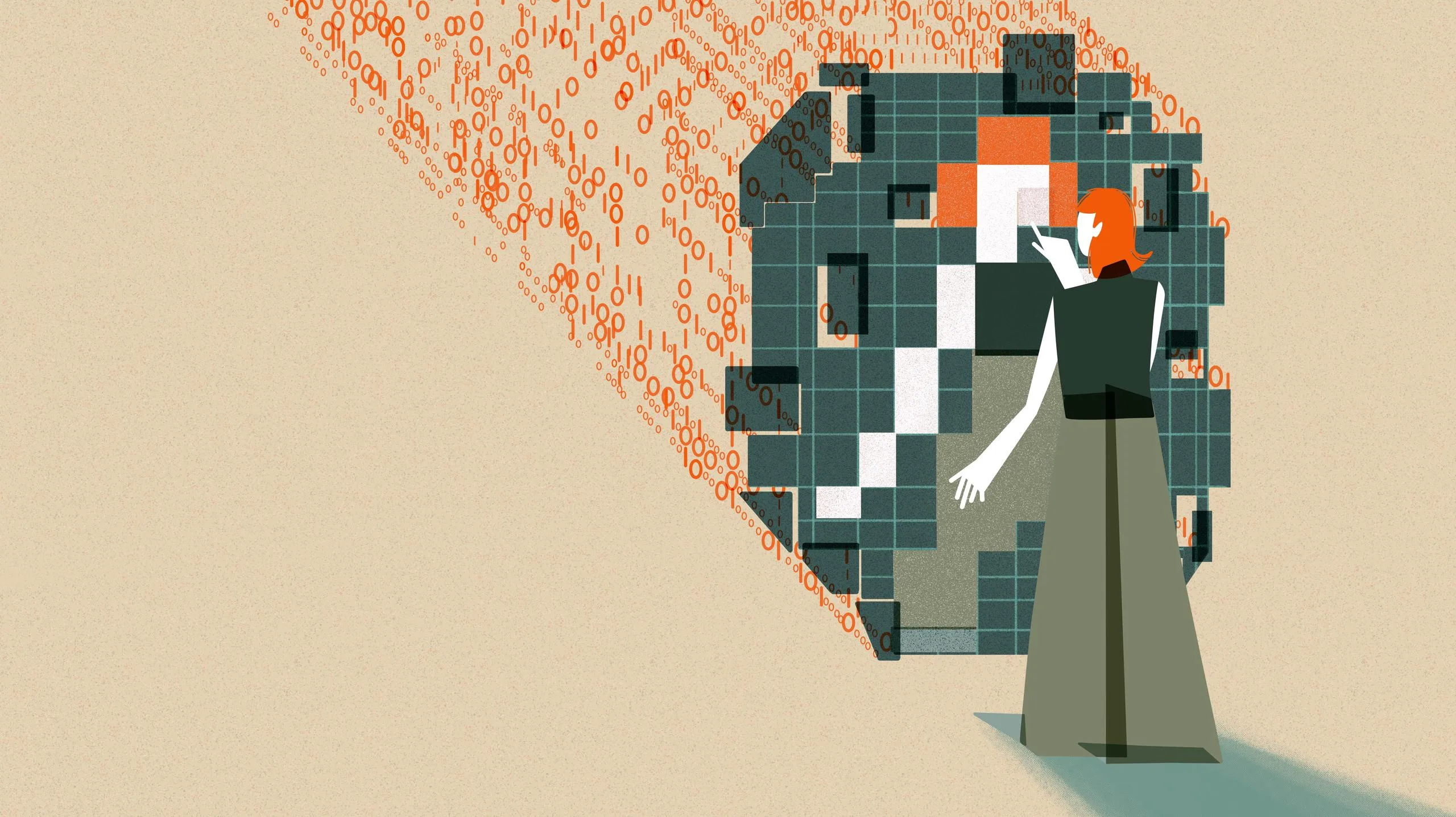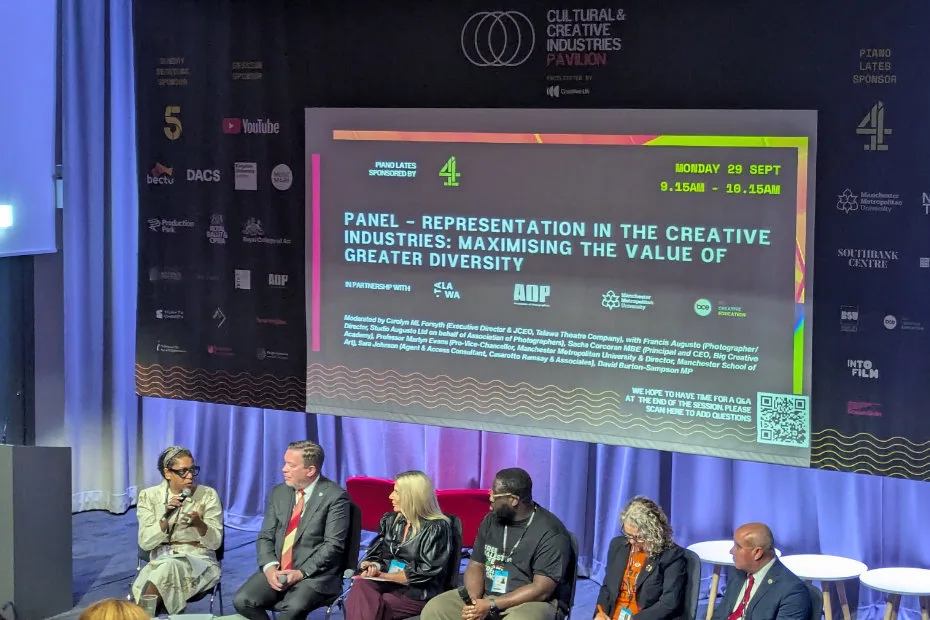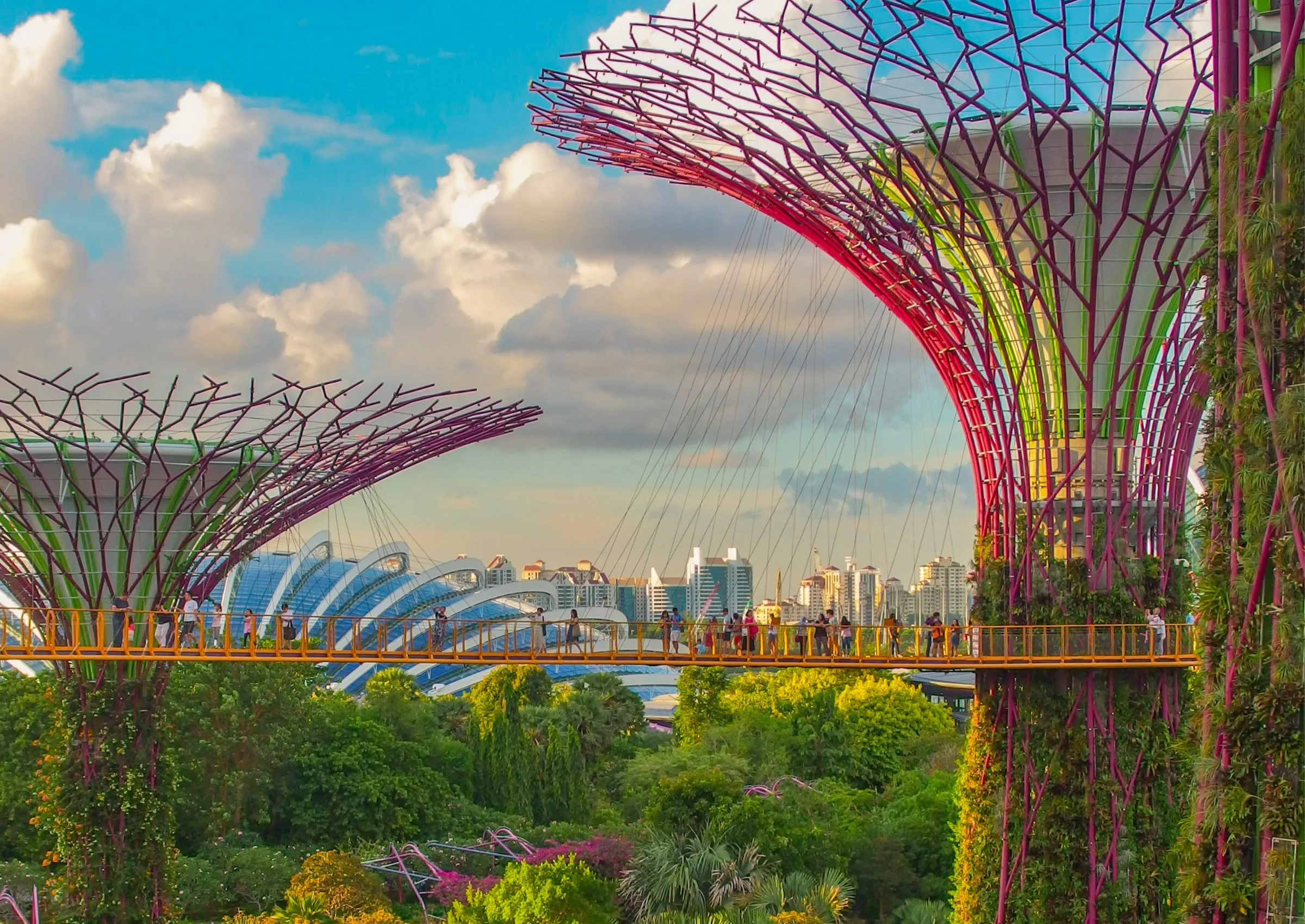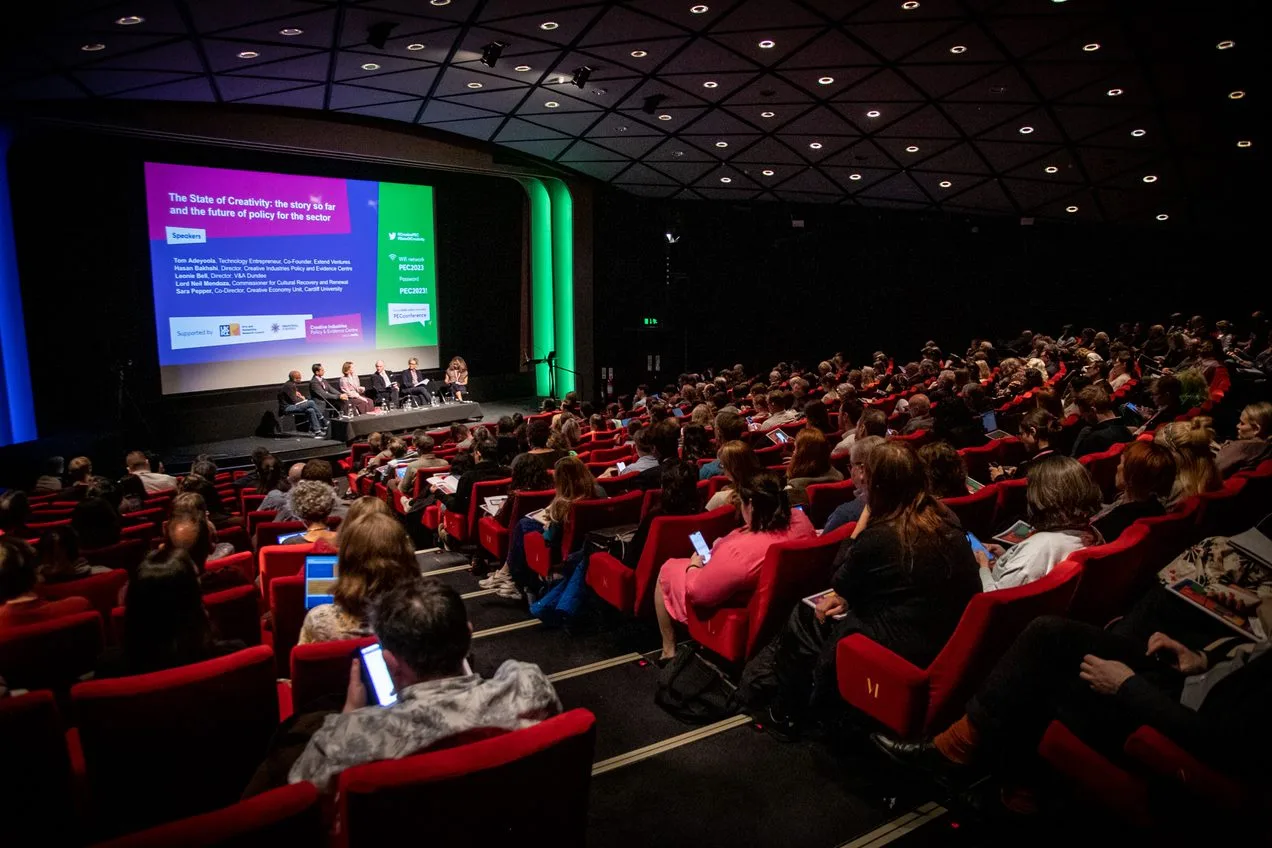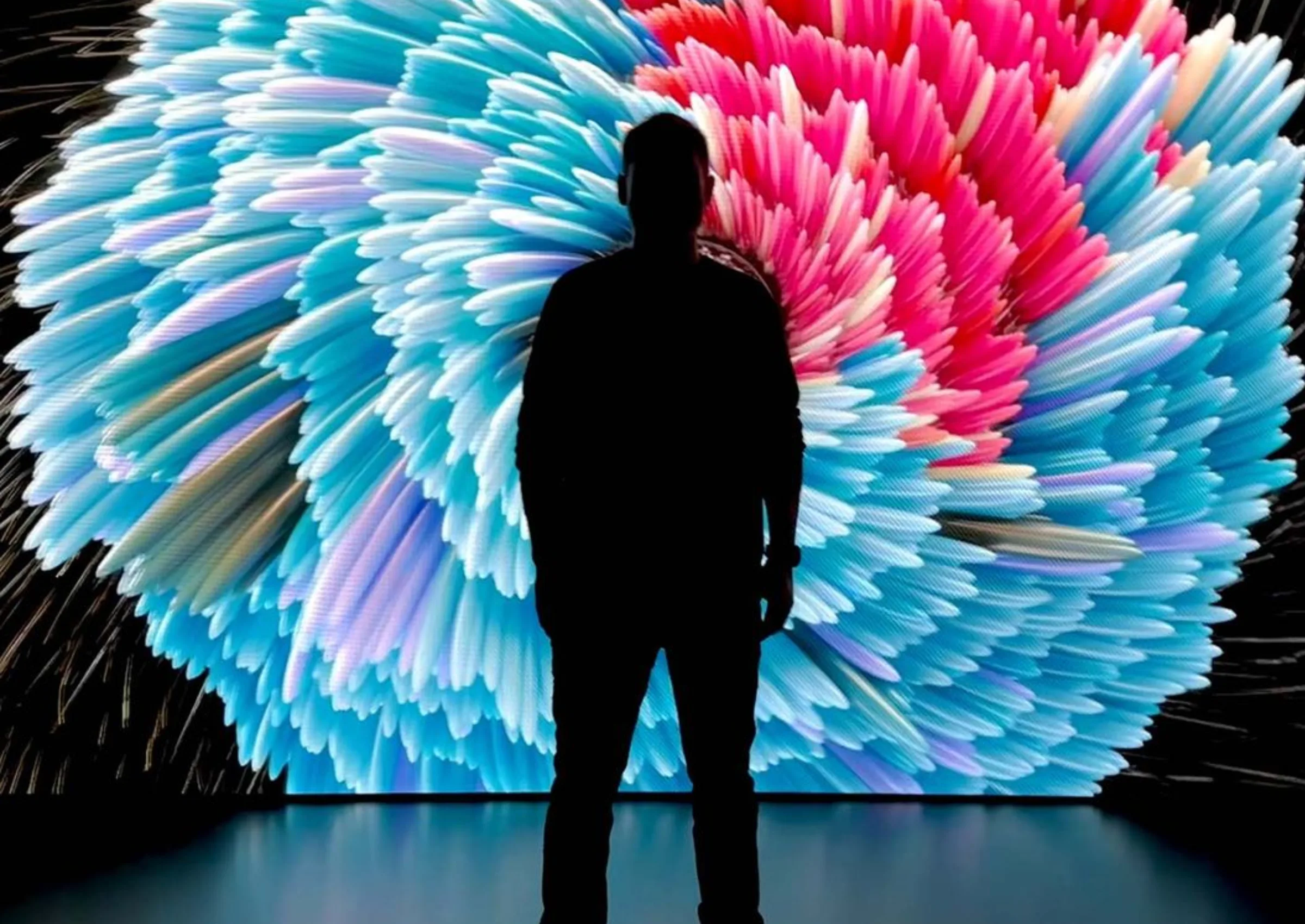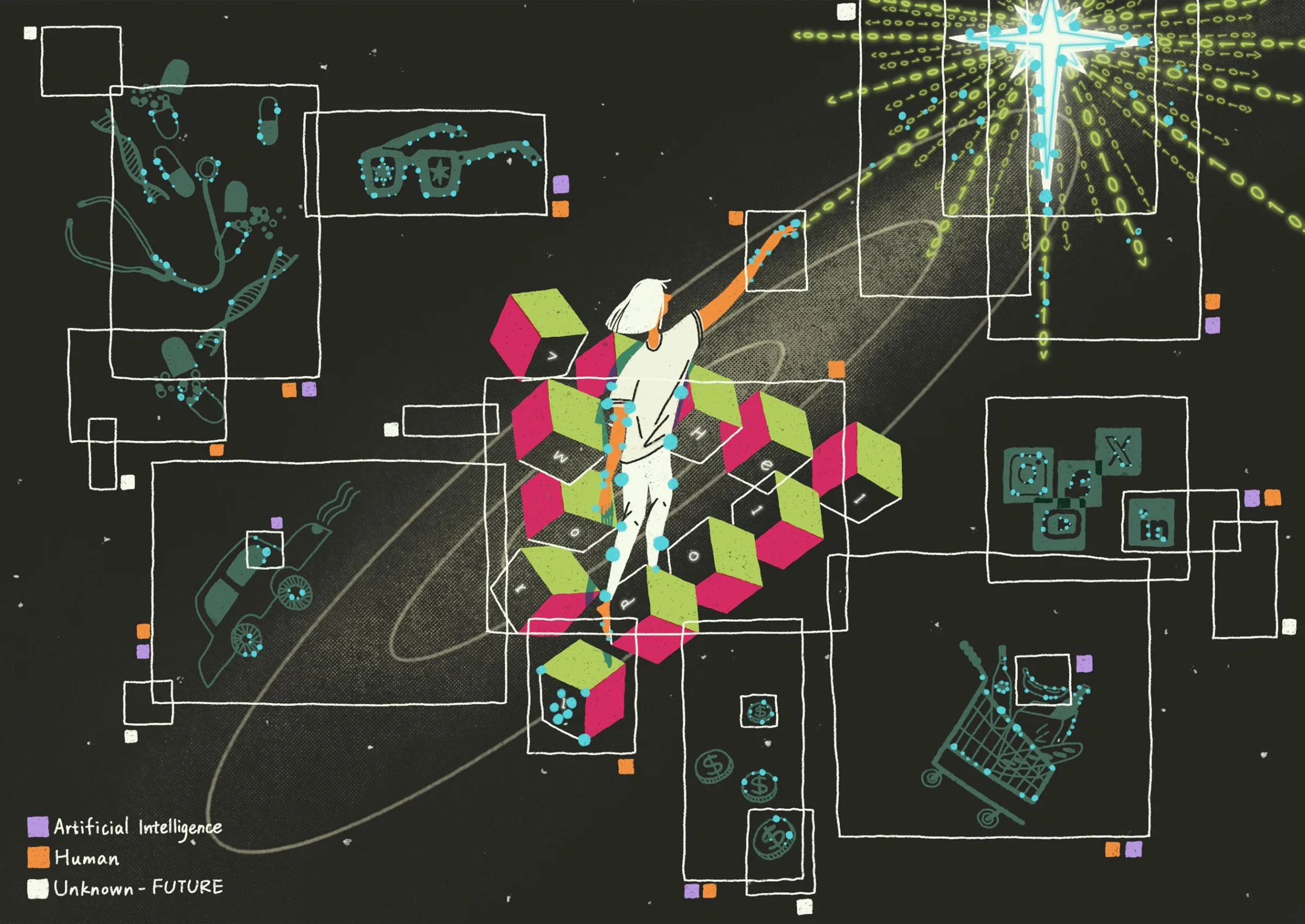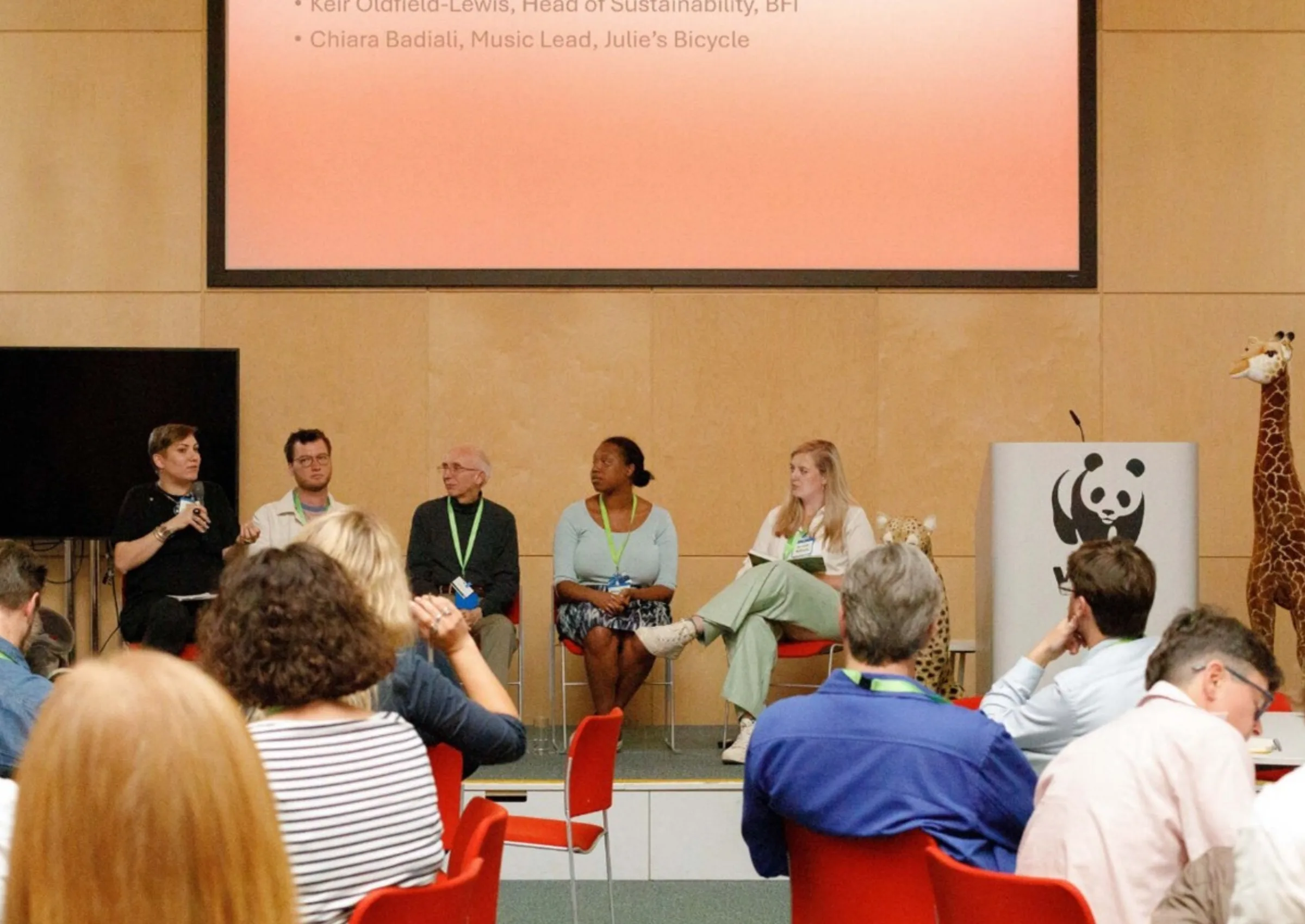There is a rapidly growing body of international evidence(1) that skills such as creative problem solving and the ability to develop novel solutions, will be amongst those in greatest demands in future workforces in the US and UK. Employers from all industries value creativity, and especially employers in the STEM-industry(2) (Science, Technology, Engineering, Mathematics), because these occupations are expected(3) both to grow strongly and are least likely(4) to be replaced by automation in the era of the Fourth Industrial Revolution (Industry 4.0) and the Future of Work.
Intuitively, it seems that both composing a sonnet or designing an engine motor require creativity. However, a strong body of literature(5) finds that creativity is often associated with the arts or with artistic individuals, such as writers, painters, and musicians. Consequently, the need for creativity in Science, Technology, Engineering and Mathematics (STEM) is continuously misunderstood or misconceived by the general population. This misconception can have serious consequences for one’s understanding of his or her own creative potential, and for the STEM-industry in general. For example, some people might excel in calculus and algebra, but fail in any artistic endeavors. Subsequently, they may be drawn to engineering, but they don’t believe in their creative capabilities. This pervasive belief that creativity is only for artists may hold back countless engineers to unlock their creative talents in their daily lives. Furthermore, it may be a serious hindrance in attracting and selecting creative talents in STEM.
However, an artist might differ from an engineer in several dimensions of creativity. First, they can differ in internal attributes of the person, such as their beliefs, personality, disposition and motivation. Second, their cognitive thought processes might operate differently. Divergent thinking is often associated with the fundamental creative thought process, and it enables individuals to think in multiple directions (ie. a thought process where someone explores multiple ideas). Lastly, they might even perceive creativity in artefacts or products differently. Artists, on the one hand, create artefacts including, for example, sculptures, paintings, and drawings. For artists, novelty (or originality) and aesthetic qualities (eg. beauty) are important in determining the success of their products. By contrast, STEM revolves around the development of (technological) solutions in response to an identified need. In this area, the feasibility of a solution, and its effectiveness, are as important as novelty or aesthetic qualities.
To overcome this pervasive belief that creativity belongs to the arts, it is important to investigate whether artists differ from scientists, technologists, engineers and mathematicians in these dimensions of creativity. As such, in a study co-authored with David Cropley and Philipp Seegers, published in the scholarly journal Thinking Skills and Creativity, we explored the nature of creativity among the arts and STEM. More specifically, we investigated 2,277 German students (aged between 17 and 37) on whether art students differed from STEM students on different dimensions of creativity. These dimensions were: Person where their personality and creative self-efficacy was measured; Process where students had to generate ideas to solve particular problems (eg. how to improve public transit); and Product where students had to rate solutions on its originality, feasibility and effectiveness.
In contrast to the belief that creativity is a domain-specific competence, we found that creativity as manifest in STEM is actually very similar to creativity as manifest in the arts. In the personal domain, art students are more open to new experiences and have a higher creative self-efficacy than their STEM counterparts, but these differences are so small that they become negligible. As such, we found that art students are just as curious, imaginative and broad-minded as STEM students. Not only do they flexibly embrace novel ideas, both believe in themselves that they have the ability to produce creative outcomes. Likewise as in the personal domain, divergent thinking (DT) – the core cognitive process associated with creativity – seems to be very similar for art and STEM students (specifically, on fluency).
Where there has long been recognition that the arts involves abundant creative thought, we found that STEM students are capable of generating as many ideas as their arts counterparts. Next to personal traits and cognitive processes, do art and STEM students perceive creativity in artefacts differently? The potential success of an artefact or product can be determined by their level of novelty (originality), effectiveness (relevance), and feasibility (the ease with which the solution can be implemented). We found that both art and STEM students strongly associate novelty (originality) with creativity. In contrast, both art and STEM students moderately associated effectiveness with creativity, and feasibility was only weakly associated with creativity. Broadly speaking, and consistent with the findings for Person and Process, there is little practical difference in the way art and STEM students perceive product creativity or associate key product quality with creativity. Both, it can be said, see originality as central to defining the creativity of a product. In sum, we found that creativity in STEM is actually very similar to creativity in the arts. They both rely on being open to new ideas, have confidence in their own creative capabilities, employ divergent thinking in generating multiple ideas, and perceive creativity in artefacts or products.
As such, creativity is essentially a multifaceted competency that involves similar attitudes, dispositions, and skills. While poets and engineers may create two very different kinds of work with very different intentions and outcomes, the process they use to get there appears quite similar. Recruiters in the STEM industry on a quest for creative talents should pay attention to an openness to new ideas, a sense of creative confidence, and divergent thinking in their applicants. Policymakers wishing to prepare the workforce for the future may want to focus on creativity and not make false dichotomies between the arts and STEM.
Image by Pixabay via Pexels
References
1) Vincent-Lancrin, S., González-Sancho, C., Bouckaert, M., Fernández-Barrerra, M., Jacotin, G., Urgel, J., & Vidal, Q. (Eds.). (2019). Fostering Students’ Creativity and Critical Thinking: What it Means in School. Educational Research and Innovation. OECD Publishing: Paris.
World Economic Forum. (2020). The Future of Jobs Report 2020. World Economic Forum, Geneva, Switzerland.
World Economic Forum (2018). The future of jobs report 2018. World Economic Forum, Geneva, Switzerland.
Bakhshi, H., Downing, J. M., Osborne, M. A., & Schneider, P. (2017). The future of skills: Employment in 2030. Pearson.
2) Frey, C. B., & Osborne, M. A. (2017). The future of employment: How susceptible are jobs to computerisation?. Technological forecasting and social change, 114, 254-280.
IBM. (2010). Capitalizing on complexity: Insights from the global chief executive officer study: IBM.
3) Hawksworth, J., Berriman, R., & Goel, S. (2018). Will robots really steal our jobs? An international analysis of the potential long term impact of automation. PricewaterhouseCoopers, http://pwc. co. uk/economics, access, 13
4) Frey, C. B., & Osborne, M. A. (2017). The future of employment: How susceptible are jobs to computerisation?. Technological forecasting and social change, 114, 254-280.
Easton, E., & Djumalieva, J. (2018). Creativity and the future of skills. London:[sn].
Bakhshi, H., Frey, C. B., & Osborne, M. (2015). Creativity vs. robots. Nesta, April.
5) Patston, T. J., Cropley, D. H., Marrone, R. L., & Kaufman, J. C. (2018). Teacher implicit beliefs of creativity: Is there an arts bias?. Teaching and teacher education, 75, 366-374.
Glaveanu, V. P. (2014). Revisiting the “art bias” in lay conceptions of creativity. Creativity Research Journal, 26(1), 11e20.
Related Blogs
Research resources on Creative Clusters
We’ve collated recent Creative PEC reports to help with the preparation of your Creative Cluster bid…
What UK Job Postings Reveal About the Changing Demand for Creativity Skills in the Age of Generative AI
The emergence of AI promises faster economic growth, but also raises concerns about labour market di…
Creative PEC’s digest of the 2025 Autumn Budget
Creative PEC's Policy Unit digests the Government’s 2025 Budget and its impact on the UK’s creative …
Why do freelancers fall through the gaps?
Why are freelancers in the Performing Arts consistently overlooked, unseen, and unheard?
Insights from the Labour Party Conference 2025
Creative PEC Policy Adviser Emily Hopkins attended the Labour Party Conference in September 2025.
Association of South-East Asian Nations’ long-term view of the creative economy
John Newbigin examines the ASEAN approach to sustainability and the creative economy.
Culture, community resilience and climate change: becoming custodians of our planet
Reflecting on the relationship between climate change, cultural expressions and island states.
Cultural Industries at the Crossroads of Tourism and Development in the Maldives
Eduardo Saravia explores the significant opportunities – and risks – of relying on tourism.
When Data Hurts: What the Arts Can Learn from the BLS Firing
Douglas Noonan and Joanna Woronkowicz discuss the dangers of dismissing or discarding data that does…
Rewriting the Logic: Designing Responsible AI for the Creative Sector
As AI reshapes how culture is made and shared, Ve Dewey asks: Who gets to create? Whose voices are e…
Reflections from Creative Industries 2025: The Road to Sustainability
How can the creative industries drive meaningful environmental sustainability?
